-
Posts
1,035 -
Joined
-
Last visited
Content Type
Profiles
Forums
Gallery
Events
Posts posted by Ferrus Manus
-
-
-
The way I paint lanterns is to paint the fields of the windows yellow with white centers, to give the illusion that they're illuminated with light from the inside. Awesome job on the lanterns!
-
Isaiah, that's what I meant to say in one of these messages. I am aware of Vanguard's good design, but that can't be replicated in a home shop without some kind of ludicrously expensive and massive CNC machine.
Fun fact: paper is, in fact, a 3-dimensional object.
If this isn't the worst mock up you've ever seen, stop lying to yourself.
My main goal in doing this was to determine whether any of the frames were too wide, and they aren't. My precise measurements earlier in the build paid off. Now, I just have to disassemble this thing without ripping the paper.
- GrandpaPhil, druxey, Keith Black and 2 others
-
 5
5
-
Or just some strategically placed blue tape.
-
That's what I figured. However, as the drawing paper doesn't want to behave, I have no real way to mock up the shape of the hull.
- Keith Black and GrandpaPhil
-
 1
1
-
 1
1
-
A band saw is probably the best (and fastest) tool for what I need to do. It's kind of hard to believe these paper cutouts you see here took me 2 months. I suspect the actual framing will be easier, because all I have to do is glue these to pieces of wood, cut them out, assemble them, and fair them down.
- GrandpaPhil and Keith Black
-
 2
2
-
These are the keel and frames, cut out of the diagrams.
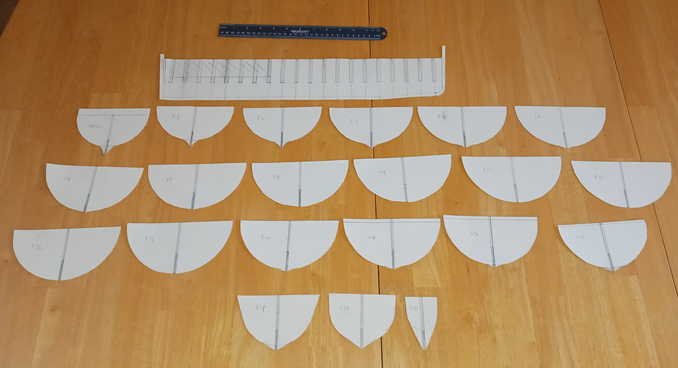
The ruler is for scale.
- Keith Black, ccoyle and GrandpaPhil
-
 3
3
-
Today marks a major milestone in the build. I am DONE with the designs for the keel and frames.
Designing the keel and frames has taken me more than two months, which is about the same amount of time I spend on most small models. The next step will be to cut everything out and test fit it together to get a good idea of what the boat's lines will end up looking like. I can guarantee the framing won't take nearly as long as the designs did, and I plan to have the framing done (framing, sanding, filler blocks) by the end of June, with the boat ready to be planked.
- ccoyle, GrandpaPhil and Keith Black
-
 3
3
-
I'm pretty sure we also have a disc sander that I could use to fair the frames. It depends on the application and how useful it'll be. I designed the frames so that the only fairing I have to do is what's absolutely necessary. Don recommended me a hand planer to take off greater amounts of material. Might as well sand/fair my sorrows away in the summer night air (I live in the northern hemisphere unlike you and Steven). We have quite a few metal files, which I'm sure will rip through the frames like butter, then go back in with a sanding sponge for the finer sanding and the more sensitive parts, like the bottom of the frames. Most shipwrights fair by hand, which is more precise and has less likelihood to take off too much material.
-
If all else fails, I can probably just buy some low quality scroll saw and hope it survives long enough to cut out the keel and frames.
-
Thing is, it's dusty as hell, obscured by a bunch of bubble wrap and unused lengths of baseboard and cardboard floor covers for painting and sheetrock and even more baseboards. I'm not even sure it's been used in my lifetime. It'll be interesting to try out, though. Assuming it even works, it's the only power tool I'll need, save for a drill.
- druxey and Keith Black
-
 2
2
-
-
Alright guys, here are the rest of the keel frames.
There are only four more frames to do, and those will be the stempost frames. I might take a different design path for those, as the modified semicircle shape won't suffice for a frame with a significant length and very little width. After I'm done making the frames, I'll cut them and the false keel out and slot them together to see if I'm happy with the overall hull shape.
- ccoyle, GrandpaPhil, Keith Black and 3 others
-
 6
6
-
Looking back, I will be going with my original plan to plank the interior of the bulwarks. This will be achieved by placing the upper half of the main wale above deck level, to support and align the bulwark stanchions. Scuppers will be drilled into the upper part of the wale. lower and upper part of the bulwarks will be in-filled with, presumably, wood planking material. This will form the cap rail as well, being made up of two thin planks inside and outside the top of the bulwarks, filled and sanded. The eyebolts (?) for the shrouds will be inserted into the top of the bulwarks. The making up of the bulwarks (and all the planking in general) will occur after the deck is put in.
- Isaiah, Keith Black and mtaylor
-
 3
3
-
-
I don't think there's a problem with talking about shipbuilding. I personally value the discussion about the specifics of the Mary Rose. However, this is Baker's build log, and he gets to decide what is necessary and what is not. The intention (as I interpret it) is not to ban you or discredit your valuable research, but simply to get along with the build. Personally, I am excited to see the forecastle!
I hope no offense is taken from this response; none is intended.
Cheers!
-
This is one of the only good views of the deck of the Lizzie Annie, apart from the obstruction of the bow by the massive genoa sail.

Look at the distinct absence of a cockpit. The designers worked around this by angling the tiller upward. This boat is small enough to be controlled by a man on the tiller, rather than requiring tiller gear. For that reason, I might be making the executive decision to exclude the cockpit on the Devin Collins. The main reason for this is to avoid unnecessary complications in the build, and simplify the framing. The lack of a cockpit leaves more room for other things on the boat, such as crates of ale or books for the deckhands to read while they wait for a large windjammer to enter the Bristol Channel.
This cutter has a very small cockpit and no deckhouse:

While this cutter has no cockpit and a tiny deckhouse:
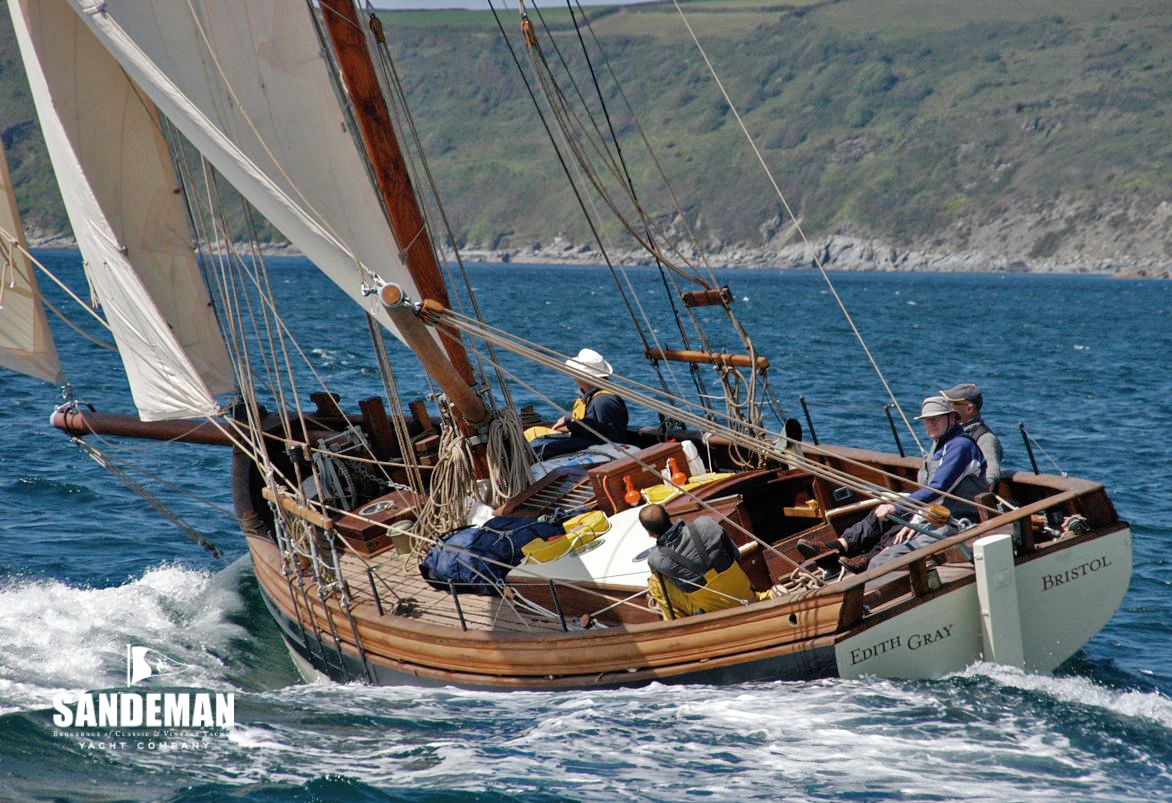
The recurring theme I notice in the realm of pilot cutters is a distinct lack of uniformity.
- mtaylor, GrandpaPhil, druxey and 1 other
-
 4
4
-
51 minutes ago, Isaiah said:
most other kits I’ve seen require keeping the keel straight while planking
You can prevent this by using filler blocks in some places, which also give the planking a greater surface area to adhere to.
-
An accurate build is a good looking build. When it comes to ships, usually accuracy equates to beauty pretty well.
- Lee Spender and Thukydides
-
 2
2
-
- Isaiah, GrandpaPhil, mtaylor and 2 others
-
 5
5
-
Would you like to do some research on the real ship?
-
10 hours ago, Isaiah said:
I’m just confused because the plan before your drawing has a straight bow, but then you said you’re redesigning to make a straight bow?
The plan shown was not my own. It was a representation of what I wanted my bow to look like. I redesigned my own bow to reflect the online image. That picture is likely a photocopy, my designs are all drawn on paper with pencil. Go back and look at the original side profile of the boat. I hope that answers your question.
- Isaiah and Keith Black
-
 2
2
-
Thank you for the recommendation. I will have to look into it. While this is a pilot cutter, other similar boats like the Lizzie Annie are equally valuable resources. The shallow hull sets the Devin Collins apart from other pilot cutters, and from what I've seen, all pilot cutters are unique.
- GrandpaPhil and Keith Black
-
 2
2
-
Why don't you start the build log for the Sherbourne and do some research while you wait? That's what I do.


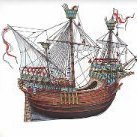
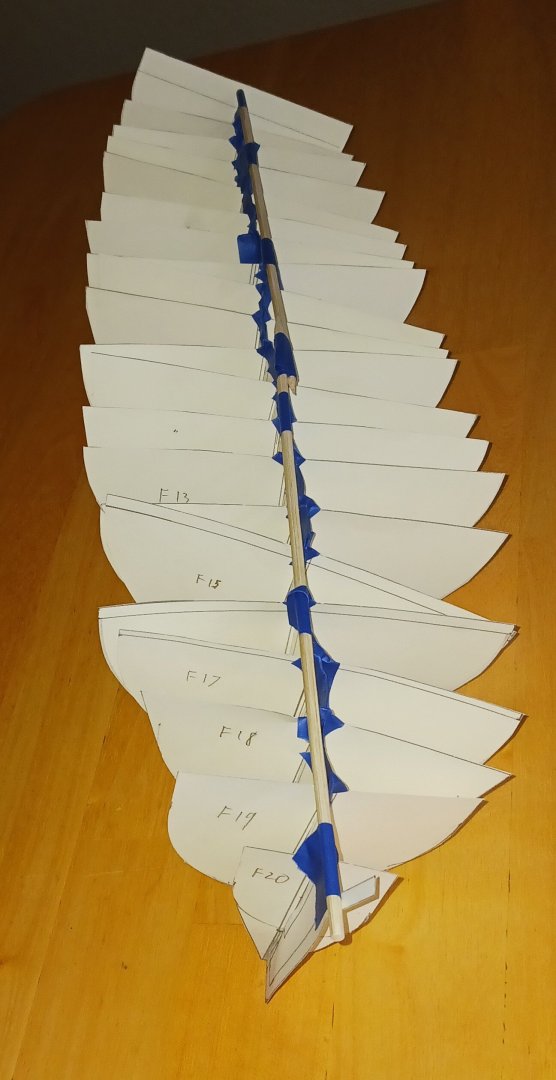
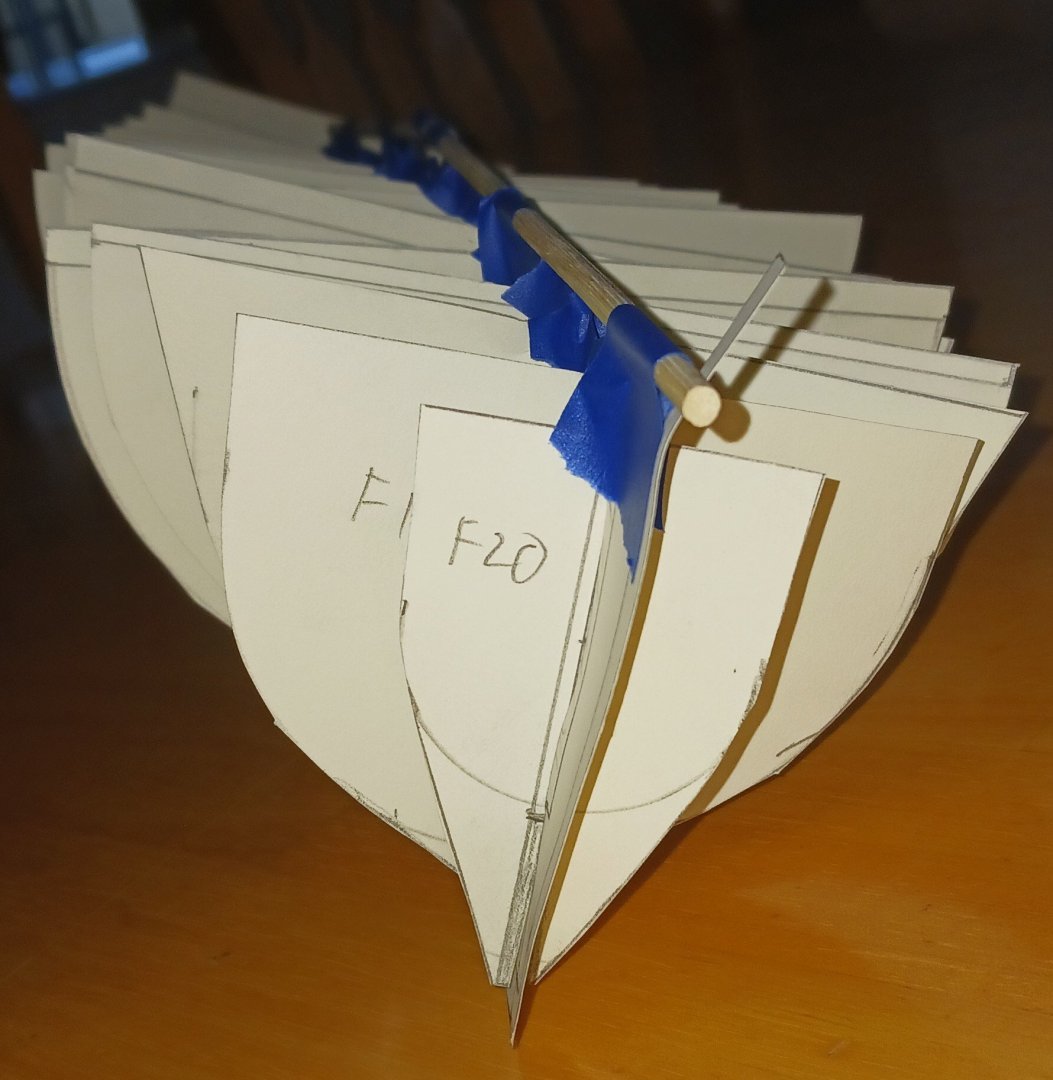
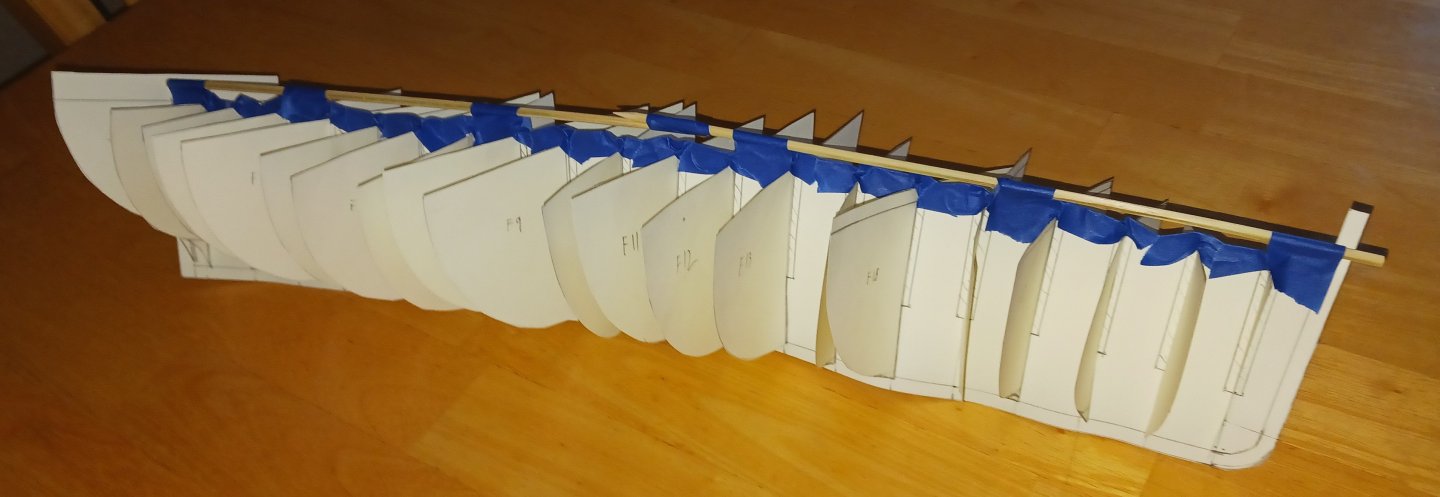
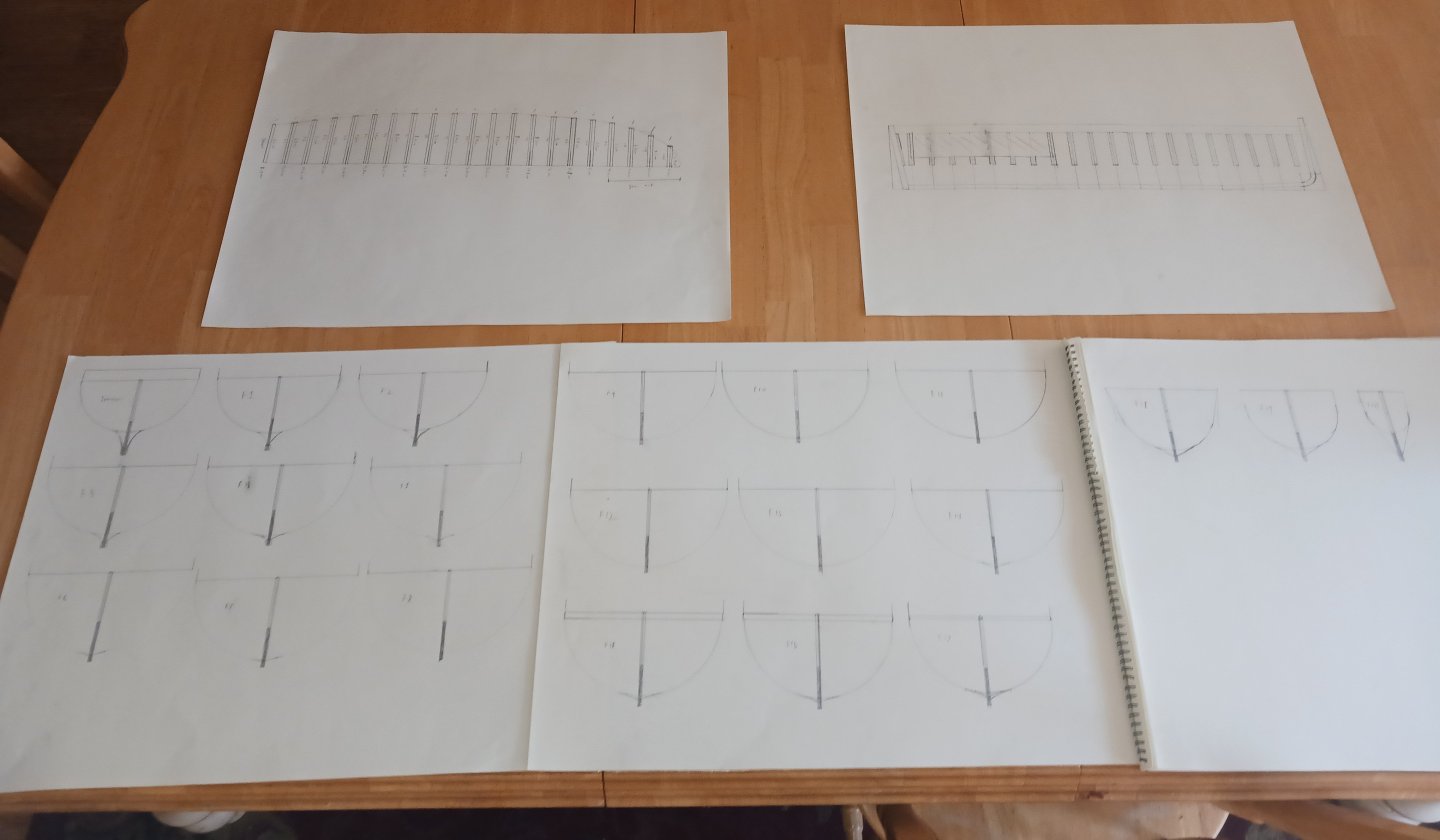
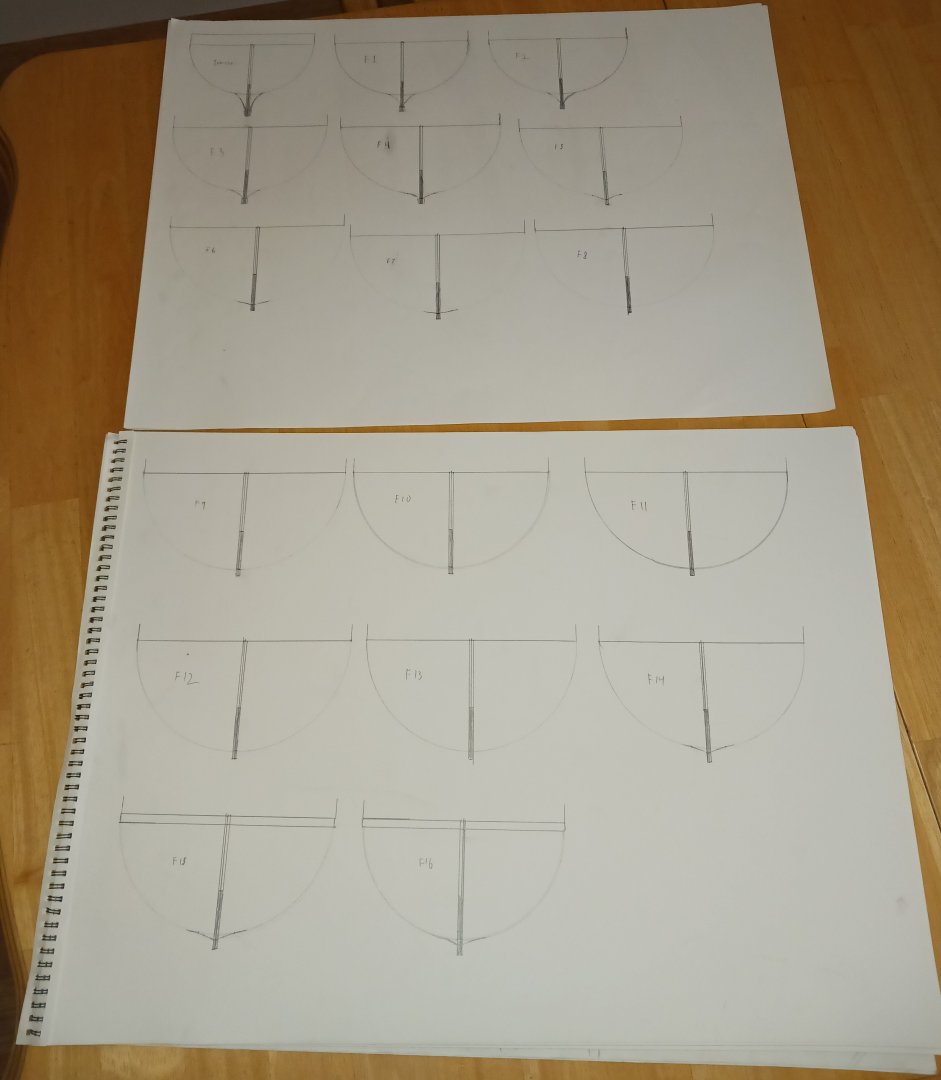

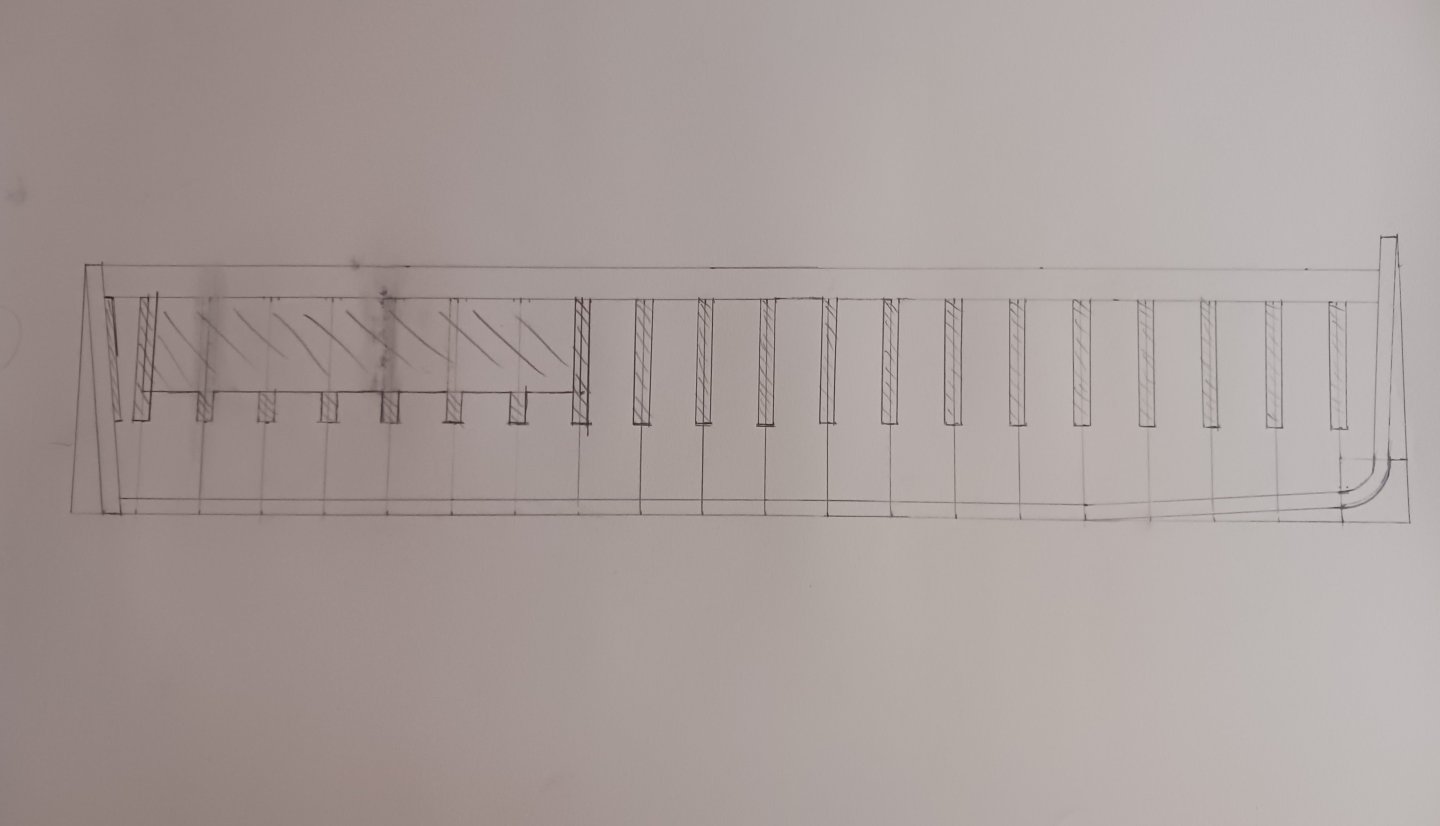
SS Blagoev ex-Songa 1921 by Valeriy V - scale 1:100 - Soviet Union
in - Build logs for subjects built 1901 - Present Day
Posted
That's what I noticed. Maybe the "waterline mark" is actually just part of the paint scheme for this ship.
This is SS Czar, built in 1912. It was built in Scotland.